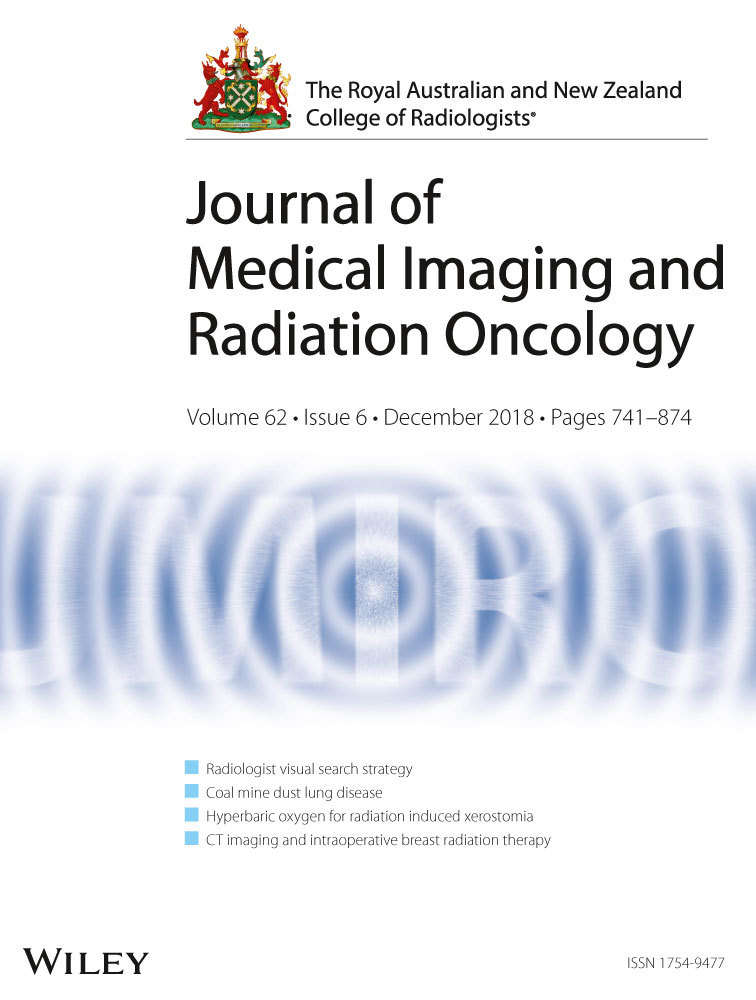Deep inspiration breath hold in breast cancer: Development and analysis of a patient experience questionnaire
Abstract
Introduction
Evidence that Deep Inspiration Breath Hold (DIBH) can reduce cardiac dose during left-sided breast radiation therapy (RT) has led to widespread uptake of this technology. There is a paucity of published information documenting the impact of this technique on the patient's treatment experience. The aim of this study was to develop a tool to assess the patient's experience with the introduction of DIBH using the Elekta® Active Breathing Coordinator (ABC) in a single institution.
Methods
A patient experience questionnaire was developed and was completed at three different stages of the patient's treatment; at planning, during the second week of treatment (day 6–10) and during the final week of treatment.
Results
Questionnaire data were collected from 30 patients, who underwent DIBH breast treatment during the period March 2016 to May 2017. Patients were very happy with their use of the ABC equipment and most felt they were well supported and informed during their treatment. Levels of general fatigue and personal anxiety were identified to significantly increase from planning to the conclusion of treatment (P = 0.002 and P < 0.001 respectively).
Conclusions
This study produced a useful tool to measure patient experience during DIBH treatment. It demonstrated that the use of the technique was acceptable to patients and did not increase their distress. It provided a compelling case for the provision of tailored, well-communicated information, consistent routine and emotional support for patients throughout their entire treatment. The tool could be employed to assess the patient experience as new technologies are introduced into RT.




